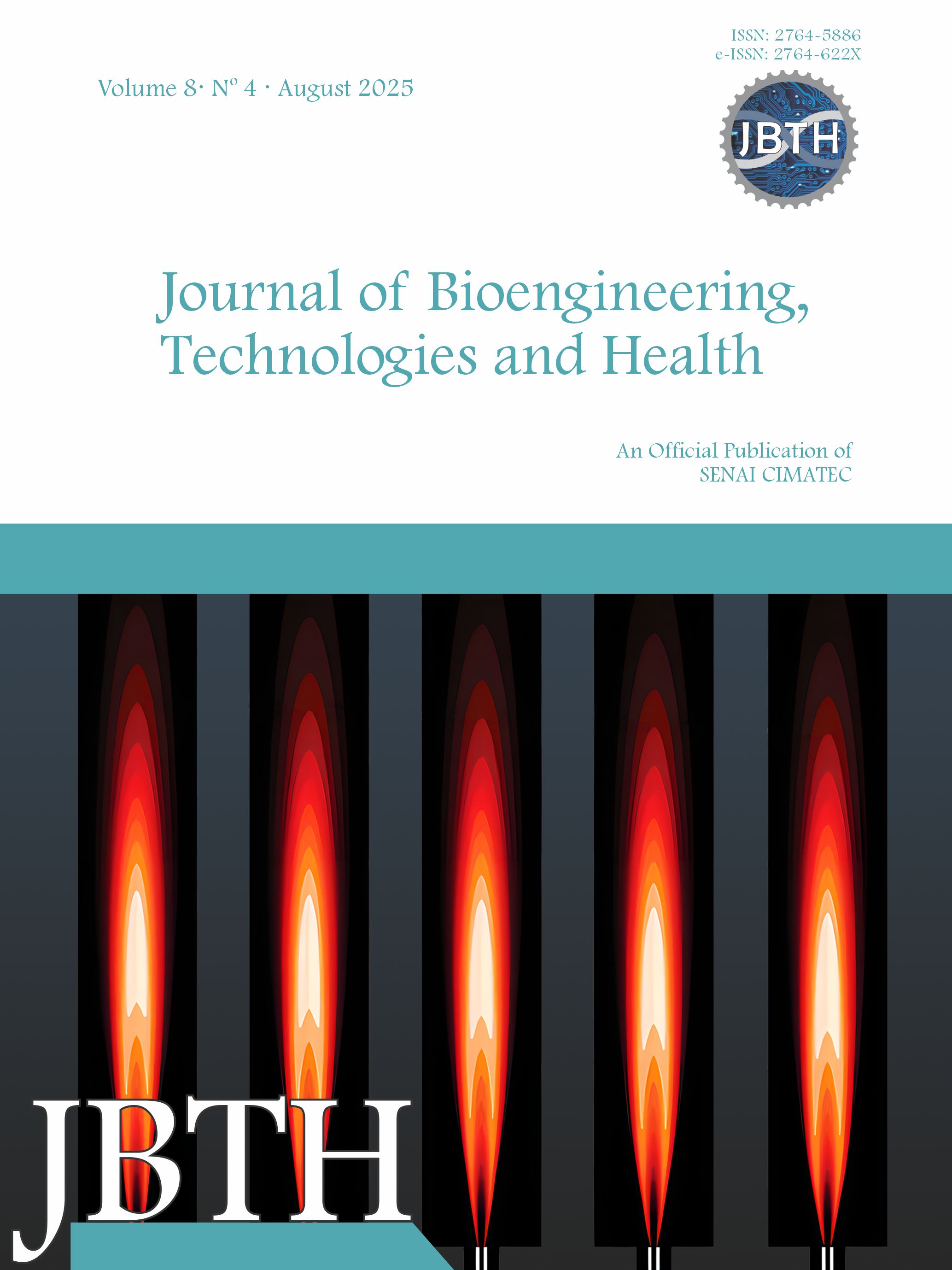Polyphenols and Antioxidant in Southwest Mexico Agave Leaves
Abstract
Currently, the revalorization of the agave leaves produced by the mezcal industry has increased since various studies confirmed the presence of secondary metabolites in this agro-waste. These phytochemicals have shown potential applications in the pharmaceutical and food industries. Therefore, this research aimed to determine and compare the phenolic content and antioxidant activity of different agave leaf species. Leaves from the Agave species angustifolia, americana, cupreata, karwinskii, and potatorum were macerated in methanol. The extracts were concentrated and characterized by their total phenolic content (TPC: Folin-Ciocalteau) and total flavonoid content (TFC: AlCl3), antioxidant activity (AA), and phenolic profile. The results evaluated by ANOVA and post hoc Tukey analysis showed that the species and geographical origin significantly influenced the total phenolic content (p<0.05). The extracts of A. americana and A. cupreata showed high phenolic and flavonoid content within a range of 7.12±1.08-3.19±0.13 and 3.01±0.10- 0.72±0.16 mg GAE/g dry leaf, respectively. Similarly, the AA was influenced by these factors (p<0.05), within ranges from 13.02±0.60-4.86±0.95; 7.84±1.30-3.52±0.97, 15.72±3.27-4.74±0.17 µmol ET/g dry leaf for the ABTS, DPPH, and FRAP assays, respectively. The extracts with the central AA were A. americana (Chiapas); A. angustifolia (Oaxaca), and A. cupreata (Guerrero). In addition, the phenolic profile of these species showed a high content of catechin and (-)-epicatechin, two flavonoids with potent antioxidant and biological activities. The leaves of mezcal agaves are a potential source of diverse secondary metabolites of industrial interest, and they can be exploited for the development of new industrial applications.


